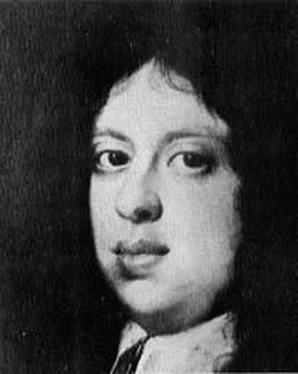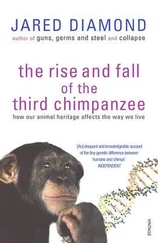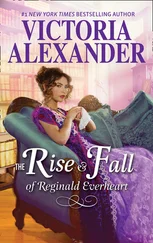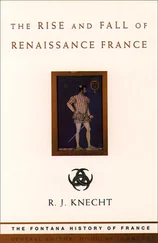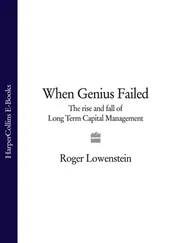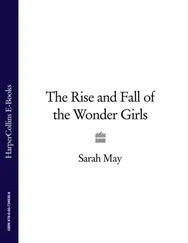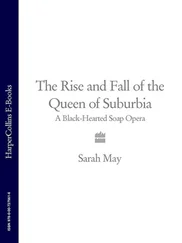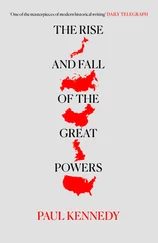Many of the artists in this long procession were already at work, or were shortly to embark upon work, for Piero de’ Medici. One of these was Luca della Robbia, soon to be elected president of the sculptors’ guild. Born in Florence in 1400 he had achieved lasting fame with the beautiful singing-gallery in the cathedral which he finished in 1428. 4Then, having been commissioned by the Signoria to complete the series of reliefs begun by Giotto and Andrea Pisano on the northern side of the campanile, 5he had been asked to make some oval terracotta reliefs for the walls of Piero’s study in the Medici Palace and some tiles for the floor, ‘a new thing and most excellent for summer’. 6
Another old artist in the funeral procession to San Lorenzo was Paolo di Doni, then aged sixty-nine. He, too, was a Florentine, a shy, withdrawn man with a passion for animals, particularly for birds, pictures of which filled his house and which earned him his nickname – Uccello. Several of his pictures of birds and of other animals, painted in tempera on canvas, were bought by the Medici to hang on the walls of their palace; and, some years before Donatello’s death, Piero asked Uccello to paint a picture in three panels of the rout of San Romano, to commemorate Florence’s victory over the Sienese in 1432 in the days of the Albizzi. This picture, in which the horses seem to dominate the action, was hung in Lorenzo’s bedroom next to two other Uccellos, a scene from the legend of Paris and a picture of lions fighting dragons. 7
Soon after the Rout of San Romano was finished, Piero bestowed his patronage on yet another Florentine artist who was asked to paint three large pictures for the Medici Palace. This was Antonio di Jacobo Benci, known as Pollaiuolo because his father was a poulterer. A sculptor, engraver, jeweller and enameller as well as a painter, he recommended himself to Piero by his skill in portraying the naked figure, a skill which he had perfected by spending hours in the most meticulous dissection of corpses. Piero ordered from him two of the twelve Labours of Hercules – the slaying of the Nemean lion and the destruction of the Hydra of Lernae – and a portrayal of Hercules’s subsequent conquest of the Libyan giant, Antaeus. 8In them Hercules, a symbol of courage on the official seal of the Signoria , was to be shown ‘larger than life’, as a Greek god rather than, in the manner of earlier times, a medieval warrior in shining armour.
In adapting classical mythology to celebrate the virtues and triumphs of Florence and of her rulers, no artist was more in sympathy with Piero’s ideas than Alessandro di Mariano Filipepi, known as Botticelli. At the time of Donatello’s death, he was twenty-two years old. The sickly son of a Florentine tanner in a poor way of business in the Via Nuova Borg’ Ognissanti, Botticelli had probably derived his nickname (which means Little Barrel) from an elder brother, a batiloro – a beater of gold leaf used for picture frames – who agreed to relieve their father of responsibility for him. On leaving school Botticelli had been apprenticed to Fra Filippo Lippi; but soon afterwards had been invited to live at the Medici Palace where Piero and Lucrezia Tornabuoni treated him as one of their own family. In the Madonna of the Magnificat , which he painted soon after Donatello’s death, he appears to have introduced both sons of the house as angels kneeling before the Madonna, Giuliano with seraphic features and thick, curly hair shaped so that an appealing curl fell down across his brow, the more swarthy Lorenzo, who was only five years younger than the artist, with his idealized features in profile and in shadow. 9
In the Adoration of the Magi , however, which Botticelli painted as one of those family group pictures with a religious theme so favoured by Renaissance artists, Lorenzo – if the traditional identification can be accepted – appears in a stronger light and more exposed position. This picture was commissioned by Piero’s friend Guaspare di Zanobi del Lama, for the church of Santa Maria Novella, perhaps as a votive offering after the Medici’s escape from the danger of assassination and the threat of exile by the conspirators of 1466. 10Although other members of his family occupy more prominent positions, the picture certainly seems to have been intended as a tribute to Lorenzo, just as Fortitude , which Botticelli afterwards painted for the Council of the Arte della Mercanzia , appears to have been painted as a tribute to Piero.
Fortitude was one of six panels representing the virtues of Charity, Justice, Faith, Temperance and Fortitude which the commercial tribunal, the Mercanzia , had commissioned for their hall. It was originally intended that all the panels should be done by Antonio Pollaiuolo’s younger brother, Piero, but Piero de’ Medici induced Tommaso Soderini to persuade his colleagues on the Council to give the commission for at least one of the panels to Botticelli. Botticelli responded by producing a Fortitude which was taken to be an allegorical representation of the steadfast character of his friend and patron. 11
Shortly before Botticelli completed this painting, another artist began work at the Medici Palace on a series of frescoes for the chapel on the first floor. This was Benozzo Gozzoli, also a native of Florence, who had worked on the Baptistery’s bronze doors under the direction of Ghiberti and who had later acted as assistant to Fra Angelico. In the Medici chapel for months on end Gozzoli worked by lamplight, gradually producing round the walls of the chancel, above an ornamented border of the Medici device of a diamond ring and the motto ‘ semper ’, two huge pictures depicting groups of angels rejoicing in the birth of Christ and gazing upon Filippo Lippi’s painting of The Virgin Adoring the Child which was placed above the altar. 12
Around the walls of the main body of the chapel, Gozzoli painted a memorial to the history of the Medici family in what purported to be a representation of the journey of the three Magi to Bethlehem, modelling several of his groups on Gentile da Fabriano’s altarpiece, Adoration of the Magi , which was painted for the altar of the Chapel of Onofrio Strozzi in Santa Trinità. 13
It used to be confidently asserted that, as a celebration of the great Council of Florence of 1439 which had helped to make Florence a leading centre of European culture, the artist chose as his three Magi John Paleologus, the Emperor of the East, distinguished by his splendid robes, his melancholy bearded face and his unique turbaned crown; the Patriarch of Constantinople, a venerable white-bearded figure, also wearing a distinctive head-dress, and riding a mule; and the ten-year-old heir of the Medici family – whose grandfather was instrumental in bringing these great men from the east to Florence – Lorenzo de’ Medici, gorgeously attired and riding a magnificently caparisoned horse whose trappings are covered with the seven balls of the family’s emblem. It seems more likely, however, that the subject of the painting was suggested to Piero by the great pageants of the Three Kings which traditionally took place in Florence on the feast of Epiphany and in which members of the Medici family habitually took part. In 1446 Cosimo himself had made an appearance in a specially memorable Magi pageant which Michelozzo had helped to design. Certainly many of the men who took part in that spectacular cavalcade are depicted in Gozzoli’s painting, most of them wearing the round, flat-topped cap favoured by scholars of the day and invariably to be seen in portraits of Cosimo Pater Patriae . Mingling with them are the bearded Greek scholars from Constantinople, several of them – like Argyropoulos and Chalcondylas – now settled in Florence at the instigation and expense of the Medici. Between two of these Gozzoli has painted himself, and lest there should be any doubt as to his identity he has boldly inscribed his name upon his hat. Preceding him are other members of his patron’s family – Piero’s younger son, Giuliano, a negro walking in front of him with a bow; Cosimo Pater Patriae , the trappings of his horse decorated with the Medici arms and his own personal emblem of three peacocks’ feathers; Cosimo’s brother, Lorenzo, wearing a conical hat and riding a mule; and his patron, Piero himself, hatless as he is usually depicted. Also there are three handsome girls on horseback, dressed alike with tall plumes in their hats, no doubt intended to represent Piero’s three daughters. 14
Читать дальше
